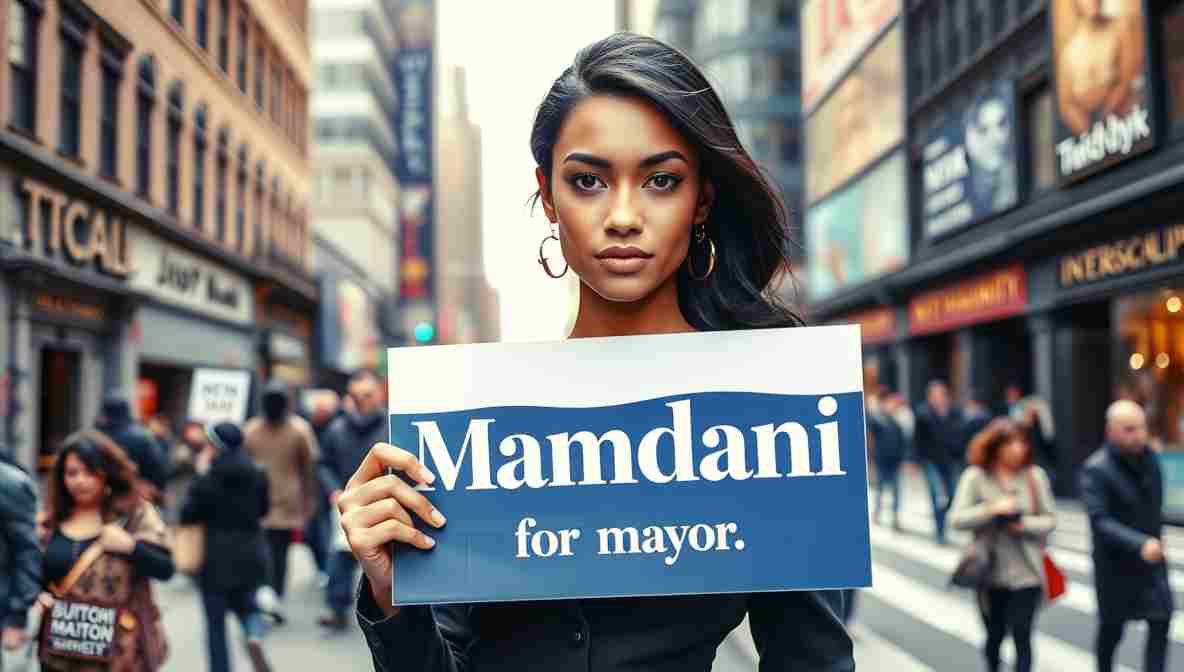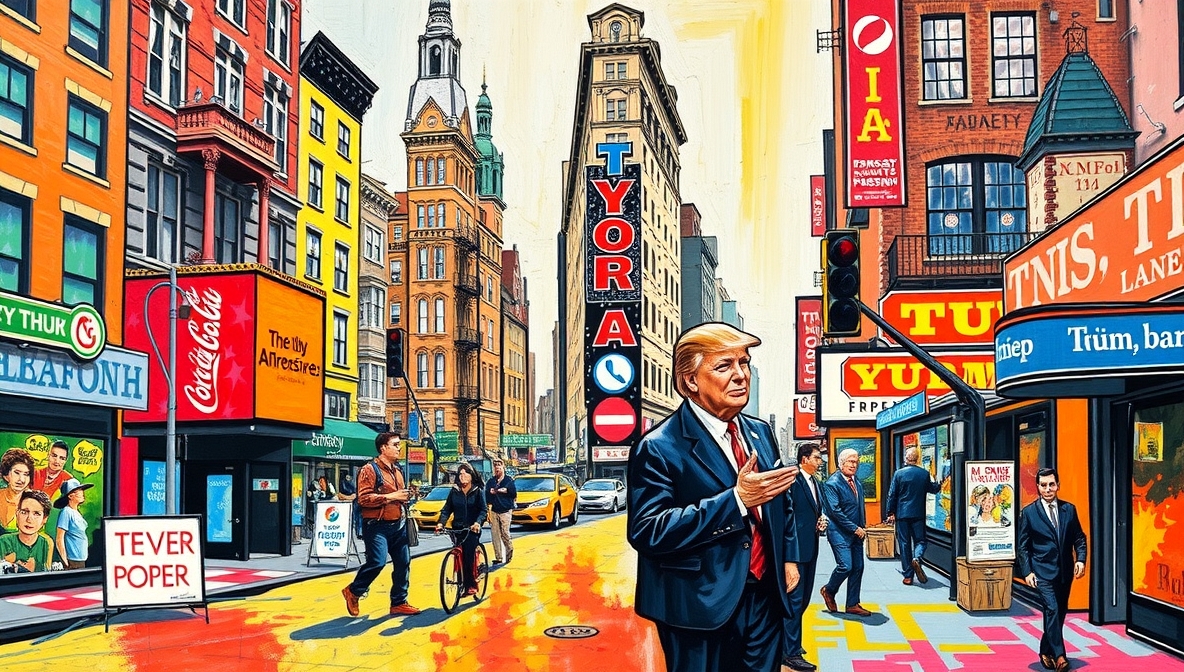Progressive candidate’s signature policy draws both praise from tenants and warnings from economists
Four-Year Freeze Could Save Tenants $6.8 Billion
Zohran Mamdani’s marquee campaign promise–a four-year rent freeze on New York City’s nearly one million rent-stabilized apartments–has become the defining flashpoint of his mayoral campaign, drawing passionate support from tenant advocates and stern warnings from economists and property owners. The proposal sits at the intersection of New York’s perpetual housing crisis and the candidate’s progressive vision for the city’s future.
Potential Savings for Renters
Tenant advocates estimate that such a freeze could save renters as much as $6.8 billion over four years. Cea Weaver, Executive Director of Housing Justice for All and the New York State Tenant Bloc, told reporters: “Hundreds of thousands of us united to elect Zohran Mamdani because he had an answer to address our biggest expense every month: rent. Freezing the rent is the single most powerful action the mayor can take to make New York affordable. A four-year rent freeze would save tenants nearly $7 billion, or $600 a month.”
For context, according to Zillow data, the average rent for all property types in New York is $3,595, compared to the national average of $2,000. The Urban Institute reports that New York City renters have seen costs increase faster than incomes over the past five years, creating severe affordability pressures.
How a Rent Freeze Would Work
While legally a mayor cannot unilaterally halt rent increases, New York City’s Rent Guidelines Board–the body that sets annual increases for stabilized units–is entirely appointed by the mayor. A determined mayor can effectively engineer a freeze, as Bill de Blasio demonstrated in 2015, 2016, and again in 2020 during the pandemic.
Economists Warn of Housing Shortages
However, Mamdani’s proposal has drawn substantial criticism from economists across the political spectrum. E.J. Antoni, chief economist at the Heritage Foundation, stated: “Economists–whether they are on the right or on the left–essentially are in universal agreement that when the government implements price controls in the rental market, you end up with housing shortages. And not only do you end up with fewer housing units available, but the quality of those units consistently goes down as well.”
Emily Hamilton, director of the Urbanity Project at George Mason University’s Mercatus Center, echoed similar concerns: “It’s going to exacerbate the city’s housing quality problems that the current rent stabilization law is already exacerbating. A rent freeze would just make that worse, and ultimately will contribute to the reduction in the supply of rent-stabilized units.”
Research Confirms Quality Concerns
A comprehensive study published in the Journal of Housing Economics confirms these concerns, finding that while rent control can reduce expenses for some tenants, it systematically reduces construction, lowers quality, and increases housing misallocation.
Building Quality Problems During De Blasio’s Freeze
The concern about building quality is not theoretical. The 2021 federal Census Bureau’s New York City Housing and Vacancy Survey found that during de Blasio’s rent freeze years, 33 percent of rent-stabilized units had rodents–twice as many as unregulated apartments. Roughly twice as many regulated apartments were found to have leaks, heating breakdowns, broken plaster or peeling paint, toilet malfunctions, elevator outages, and mold.
From 2020 to 2023, the Community Preservation Corporation reported that per-unit expenses rose by 22 percent, while the Rent Guidelines Board permitted only an 11 percent increase in stabilized rents. This gap between costs and revenue has squeezed landlords, particularly small property owners who lack the financial reserves of large institutional investors.
Small Landlords Face Financial Strain
Property owners have shared sobering stories of the financial strain. Ebony Hannibal, a Brooklyn landlord who owns a four-unit building, struggles to make her $3,800 monthly mortgage while pursuing tenants who collectively owe nearly $100,000 in back rent. She told the Wall Street Journal that if Mamdani’s freeze becomes reality, she plans to sell her building–though finding a buyer willing to purchase a financially strained property remains questionable.
Real estate attorney Sherwin Belkin warned that a four-year freeze would trigger “affordable housing Armageddon,” pushing thousands of small buildings into foreclosure.
2019 Law Already Limited Landlord Options
The situation is complicated by the 2019 Housing Stability and Tenant Protection Act, which eliminated nearly all mechanisms that once allowed modest rent increases in stabilized apartments, including vacancy bonuses and improvement cost recovery.
According to the National Multifamily Housing Council, these changes have already made it financially challenging for landlords to maintain properties, and a rent freeze would compound these difficulties.
Economist Offers Nuanced View
However, some housing experts see both benefits and drawbacks to the policy. Emily Eisner, economist at the Fiscal Policy Institute, offered a nuanced view: “Freezing the rent is one tool available to lawmakers to help alleviate the cost of living. In the long run, we need to add housing to the NYC metro area–at least 500,000 units. Increasing the supply of housing accessible to middle- and working-class New Yorkers is ultimately the best way to stem the affordability crisis. But we also need more immediate relief, and providing a rent freeze for a couple years to the 1 million rent stabilized households is an important step.”
Potential Legal Challenges
The policy also faces potential legal challenges. As detailed in City Journal, Mamdani’s explicit campaign promise to appoint board members who will vote for a freeze may violate requirements that administrative board members act impartially. New York State’s highest court has made clear that “an impartial decision maker is a core guarantee of due process, fully applicable to adjudicatory proceedings before administrative agencies.”
Rising Insurance Costs Could Undermine Savings
Adding complexity to the debate, experts warn that rising home insurance premiums in New York could undermine any savings from a rent freeze. As climate change increases weather-related risks, insurance costs are rising sharply, and these expenses are typically passed through to tenants.
The Rent Guidelines Board must by law consider multiple factors when setting rates, including operating costs, economic conditions, and the housing market. If a landlord could demonstrate that the board ignored evidence of increased operating costs, a court could overturn the freeze decision.
Multi-Faceted Approach Needed
As documented by the Lincoln Institute of Land Policy, sustainable housing affordability requires a multi-faceted approach including increased housing supply, targeted subsidies, and regulations that balance tenant protections with property owner viability.
Mamdani’s rent freeze proposal, while politically popular, represents only one tool in addressing New York’s complex housing challenges. Whether it proves to be effective policy or contributes to long-term housing market dysfunction may not be clear until well into his potential term as mayor.


